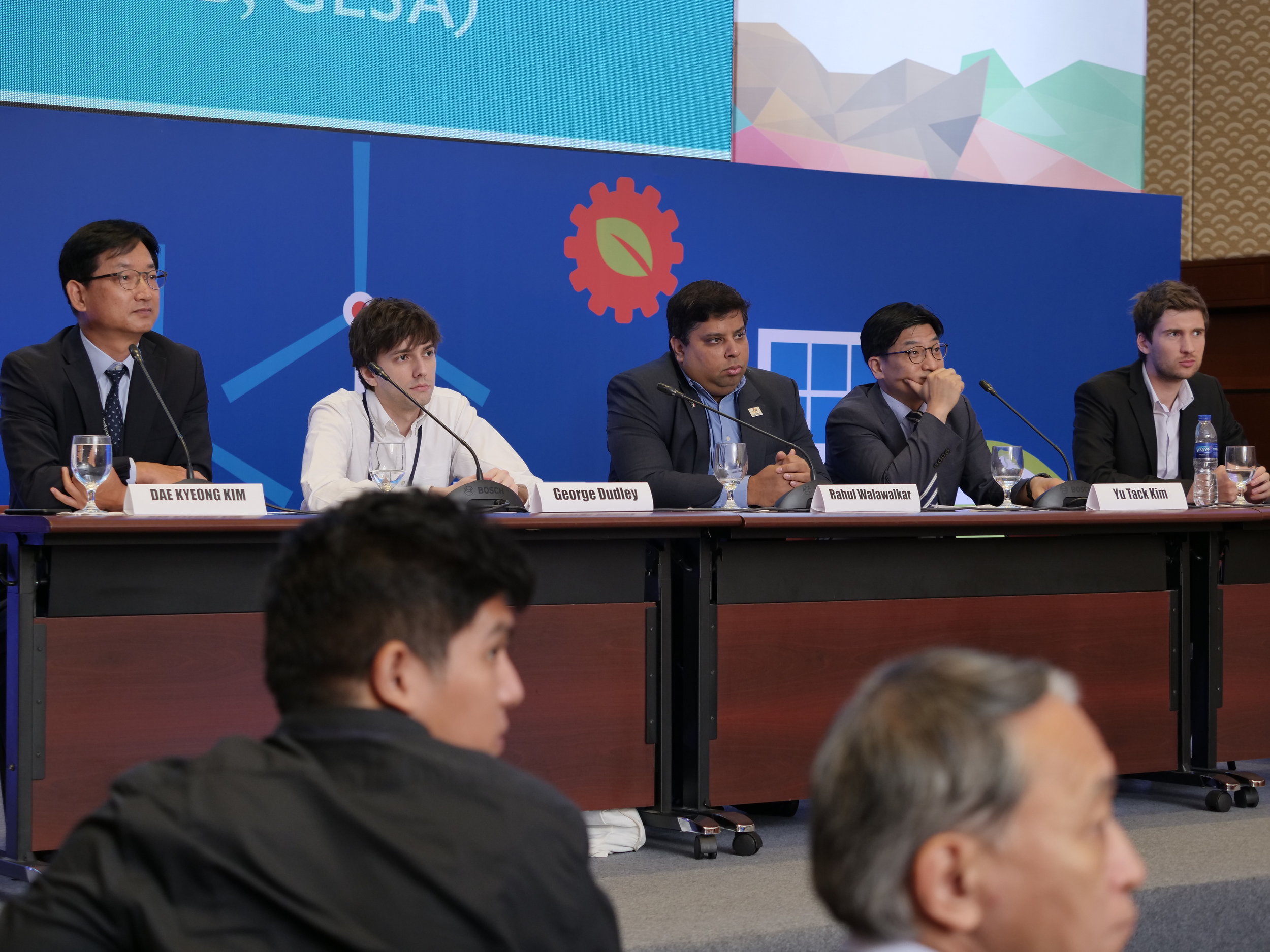Introduction
The Self-Generation Incentive Program (SGIP) initiated in 2001 has been one of the most successful and longest-running distributed energy storage generation policies in the United States. The plan encourages the use of a variety of behind-the-meter systems, including wind power, fuel cells, internal combustion engines, solar PV, and more. In 2011, SGIP began support for energy storage systems, providing a subsidy of $2.00/W. In the eight years that SGIP has been providing funds for energy storage, the policy has gone through a number of revisions and adjustments. In the following article, CNESA’s research department provides a look at the SGIP policy, including its recent updates and revisions. We hope this information will help shed light on the SGIP policy for our energy storage colleagues in China and abroad.
1. The SGIP Subsidy Method
In May of 2016, California Public Utilities Commission President Michael Picker released a proposal calling for reforms to the Self-Generation Incentive Program (SGIP). The largest of these changes was to the SGIP method of distributing yearly subsidies based on the power of systems. Instead, the updated policy would follow the example of California’s PV subsidy policy by setting capacity targets for subsidy distribution, factoring in the declining costs of energy storage, considering the economic feasibility of systems, and other factors, finally distributing subsidies according to the energy (Wh) of storage systems.
On May 1, 2017, SGIP reopened to energy storage applicants. The new SGIP provides 75% of its incentive funding to energy storage. 15% of this funding is kept as reserve funding for residential storage projects less than or equal to 10kW.
Under the updated policy, residential energy storage projects less than or equal to 10kW can receive a subsidy of $0.5/Wh. Projects larger than 10kW can also receive a subsidy of $0.5/Wh, but are ineligible to also receive the investment tax credit (ITC). Should the recipient wish to also receive the ITC, the SGIP subsidy will lower to $0.36/Wh.
The updated SGIP policy distributes subsidy funds in five steps. The first step begins May 1. Once all step 1 funds have been applied for, there is a 20-day waiting period before the beginning of step 2. At step 2, the subsidy will decrease by $0.1/Wh. At step 3, the subsidies will decrease again by $0.05/Wh, then continue to decrease gradually by $0.05/Wh for each remaining step.
Subsidy payments are not only reduced with the passage of time, but also reduce according to the duration and energy (Wh) of the system. The chart below details the specifications for such subsidy adjustments. According to these regulations, if an energy storage system is, for example, of a duration greater than 2 hours and has an energy capacity greater than 2MWh, then the system will receive two overlaid reductions.
Table: SGIP Subsidy Reduction Standards
The following example demonstrates how the reduction process works:
A 1MW/4MWh energy storage system with a 4-hour duration applies for the energy storage subsidy during step one (at a subsidy rate of 0.5 USD/Wh). According to the capacity and duration regulations, the first 2 hours and 2MWhs will receive 100% of the base subsidy funds, while the second 2 hours and 2MWhs will receive 25% of the base subsidy funds. The subsidy payments are calculated as follows:
This staggered subsidy system based on combined capacity and duration has encouraged the installation of more distributed energy storage systems. At the same time, the payment reduction standards for large-scale systems helps account for decreasing costs as systems scale up, ensuring that subsidy payments between small- and large-scale systems remain fair.
2. SGIP Implementation
SGIP statistics reveal that from the period in which energy storage began being included in the subsidy system until August 2018, projects that were either in the process of receiving subsidies or had already received subsidies (not including cancellations) had reached 8890. Of these, nearly 1300 projects had already received the total SGIP subsidy payment, with only slightly over 100 energy storage projects listed as “PBI (Performance Based Subsidies) in progress,” over 5500 projects had subsidy budgets reserved, and over 1500 projects had subsidy budgets pending reservation. The majority of 2017 and 2018’s distributed energy storage projects were either on reserve or pending reservation.
Figure: Subsidy Budget Classifications for Energy Storage Projects
The greatest number of projects to receive funding included those with energy storage equipment manufactured by Tesla, LG Chem, Stem, Green Charge Networks, Sonnen, and Lockheed Martin. Tesla, in conjunction with partners such as its subsidiary Solarcity, saw nearly 4000 projects totaling 270MWh apply for SGIP subsidy funding. These 4000 projects include those that have reserved subsidies, are pending payment, or have completed payment, amounting to a total of $215 million.
Figure: Equipment Manufacturers Receiving SGIP Funding
Due to the increase in subsidy funding provided to storage systems in 2017, SGIP applications saw a major increase for that year, particularly in household energy storage installations. SGIP applications for household storage projects from January to August 2018 have already surpassed the total applications for the 2017 year. However, because household storage projects are small in scale, the increase in household storage applications has caused the combined overall capacity of all applications to decrease significantly.
Figure: SGIP Subsidies by Project Type and Capacity
Summary:
In the 10 years since the implementation of the SGIP, the policy has been a major contributor to the development of distributed energy storage business models in California. Energy storage providers have used the SGIP experience to help attract new customers and investors. The development of distributed energy storage in California has helped increase the stability and effectiveness of the California grid, while at the same time attracting more investments in solar-plus-storage technology. Such support has helped assist California in its goal of incorporating more renewable energy and reducing carbon emissions.
In China, some cities and regions have considered implementing incentive policies similar to that of SGIP to encourage installation of distributed energy storage projects. A Chinese storage incentive policy could borrow from SGIP in a number of ways: (1) setting a technological threshold for energy storage systems; (2) using a performance-based incentive structure; (3) setting an upper limit for individual project awards; (4) utilizing a subsidy reduction mechanism that takes into account multiple dimensions of the system. Only a well-designed and properly implemented policy framework will be able to impact the energy storage industry in a positive way. CNESA hopes that its continued tracking of updates to the structure and implementation of SGIP will help provide our followers and policymakers in China with a reference for how a successful incentive policy can be utilized.
Author: Yue Fen Translation: George Dudley

























































